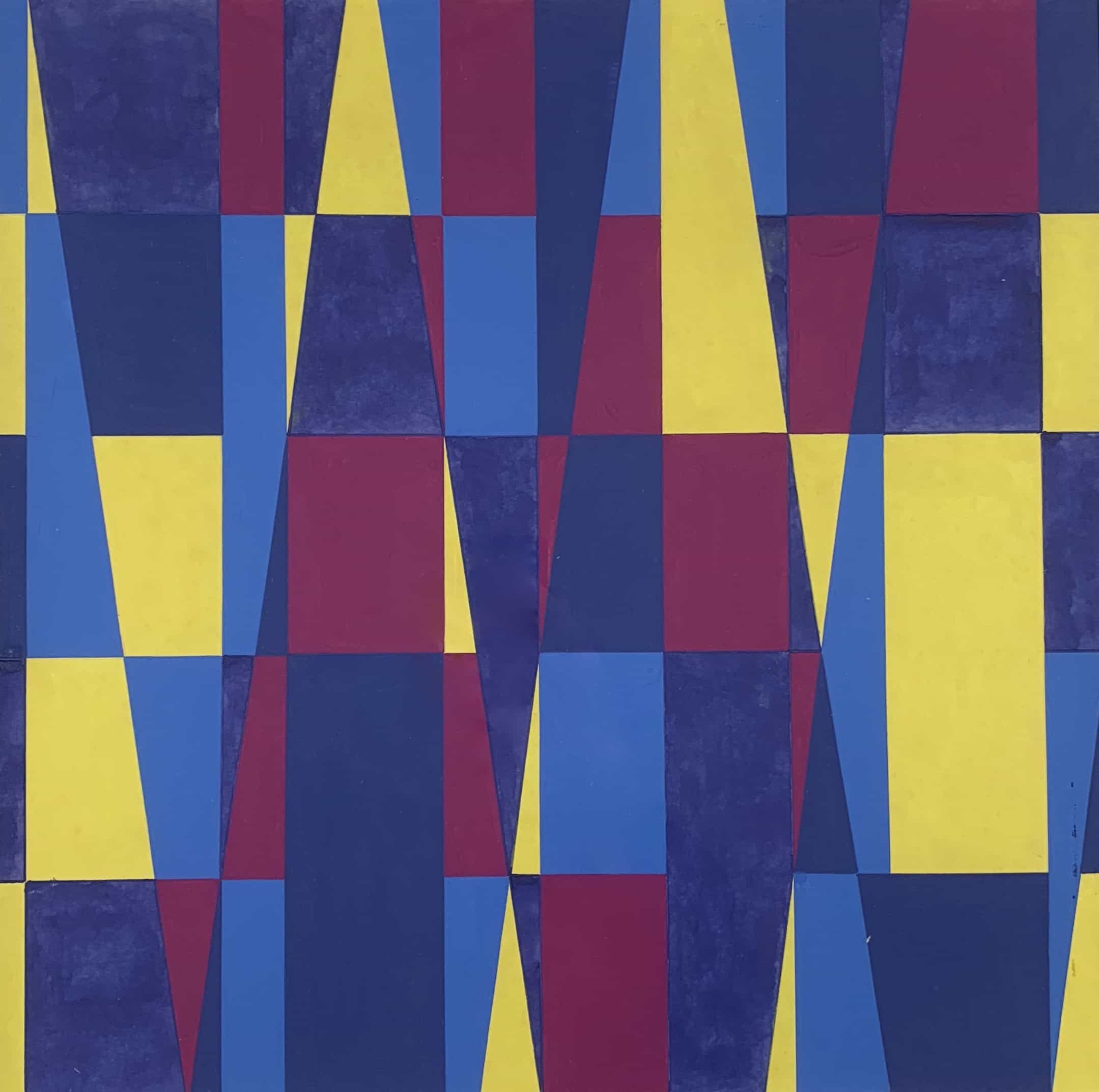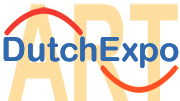
Titel: Zonder titel 1
gouache on paper
Artist: Jaap Egmond
| representation by: | Galerie des Amis | cost price: | € 1500.00 |
| phone: | 06-52307699 | sizes: | width: 42 cm. height: 42 cm. |
| e-mail address: | info@galeriedesamis.nl |
Profile artist:
The mystery of real art
“When I discover a new artist, I first only work on the work. I don't want to get any information from the art dealer. Soon that thing will be hanging in my house without his story, without him standing next to it”, I think. “It's about the intuitive impression that a work makes. The rational explanation comes later. That is how it went with the work of Jaap Egmond.”
In 1997, Verhoeven's eye fell on an article in De Telegraaf about an exhibition by Egmond in Museum Het Rondeel in Rhenen. “Out of curiosity I decided to go there. It was love at first sight, I immediately bought four works. The compositions were good. Despite the mathematical principles, Egmond's work also possesses the necessary mystery of real art. Later I started to delve further into the work and the person Jaap Egmond.”
A lick of latex
Jaap Egmond (1913-1997) was a talented figurative draftsman and also a gifted poet and photographer. After studying at the National Institute and training as art teachers at the Rijksmuseum in Amsterdam – he studied piano at the same time at the conservatory – Egmond chose to teach and write textbooks. He no longer touched his painting and drawing supplies…
It took almost thirty years before Egmond found his way back as an artist. A period that was dominated by the question of which direction he should go and what would be important to him in contemporary art. He found the answer in the combination of mathematics and the visual arts. He translated that fact into abstract geometric art – absolute simplicity with a mathematical background.
Around 1968 Egmond started making paper reliefs. He applied cardboard patches to a square surface, which he covered with newspaper and then painted over with snow-white latex paint. On the back of one of the reliefs he noted which Hema paint he had used. Egmond did not mind if an owner would refresh a dusty or discolored relief with a lick of paint. The play of light and shadow is essential for the white paper reliefs. It provides a variety of shades and makes a composition constantly vary.
The art of a math formula
Egmond's paper reliefs show unmistakable similarities – and are often confused – with the work of the Dutch Nul movement and in particular with that of Jan Schoonhoven. It is understandable in terms of appearance, technique and use of materials. The difference lies in the method of creation. Schoonhoven started from intuition and searched for visual beauty. He created his works. Egmond, on the other hand, based himself on completely different ordering principles: mathematical formulas and calculations. He carefully thought out everything beforehand. How he proceeded can be clearly seen in his surviving design books. He sketched his ideas on graph paper. Arrows indicate exactly at which angle the strips should be placed and in which direction. The sketches are works of art in themselves!
possessed
In the 1970s, Egmond's work took off. He started exhibiting, first in art halls and galleries. In 1976 he participated with members of the Dutch Circle of Sculptors in a major exhibition at the Stedelijk Museum in Amsterdam. The municipality of Amstelveen offered him a room in the former primary school on Dorpsstraat. Here he spent all his free hours. He was obsessed with his art. He became friends with the neighbours, the artists Jan Verschoor and Rob Brünnmayer. They bought work from him and Verschoor and Egmond exhibited together. Years later, Verschoor moved into the former studio of his good friend Egmond. He works there to this day.
At the beginning of the 1980s, Egmond started to carry out his reliefs in wood and 'brushed' stainless steel. They became large free-standing images, based on mathematical-geometric principles. But they also have a certain playfulness. The light reflects on the surfaces, gives them a cold appearance or gives them a golden glow. Color was not necessary. Egmond counted himself among the 'colorless'. Only at the end of his career did he come back from that and start making colorful paintings and murals.
Hidden treasure
Jan Verhoeven has had personal contact with all 'his' artists. He met Jaap Egmond in the last year of his life. Egmond could no longer work. “His studio hadn't been used for ages and had to be cleared out. I bought everything that was in it," says Verhoeven. “Egmond's work is interesting and always of exceptional quality. He is loved for his reliefs. There are not that many of those.” A number of works from Verhoeven's collection are now for sale at Galerie des Amis in Woudrichem. A long-hidden treasure is revealed for the first time. (source Collect, Sandra van Berkum)

